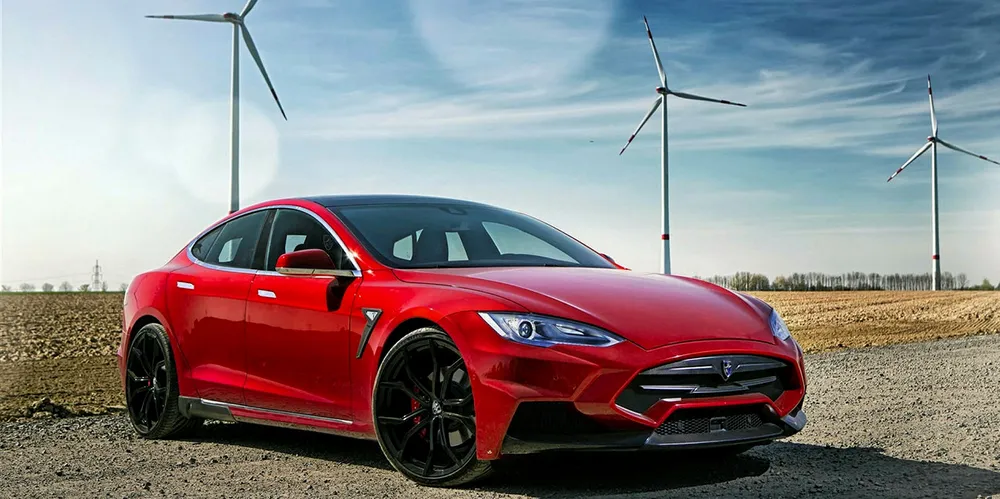Investment push needed for EU to hit net-zero by 2050 will be 'hugely profitable'
European companies will need to increase their annual low-carbon expenditure by 106% to reach target, says CDP report

European companies will need to increase their annual low-carbon expenditure by 106% to reach target, says CDP report
